Discover 15 hidden attractions, cool sights, and unusual things to do in Utica (United States). Don't miss out on these must-see attractions: Utica Zoo, Munson-Williams-Proctor Arts Institute, and Stanley Theater. Also, be sure to include Utica Children's Museum in your itinerary.
Below, you can find the list of the most amazing places you should visit in Utica (New York).
Table of Contents
Utica Zoo
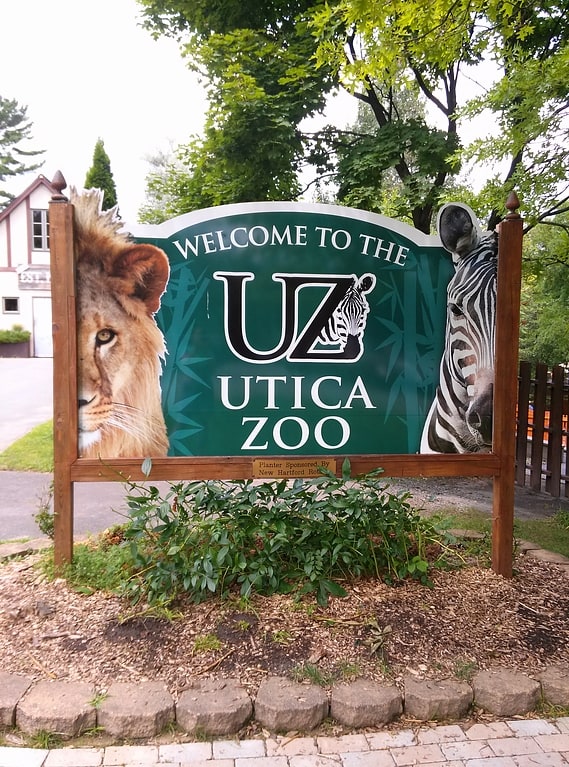
Zoo in Utica, New York. Utica Zoo is a regional zoo in Utica, New York, situated in a section of Roscoe Conkling Park.[1]
Address: 1 Utica Zoo Way, 13501 Utica
Munson-Williams-Proctor Arts Institute
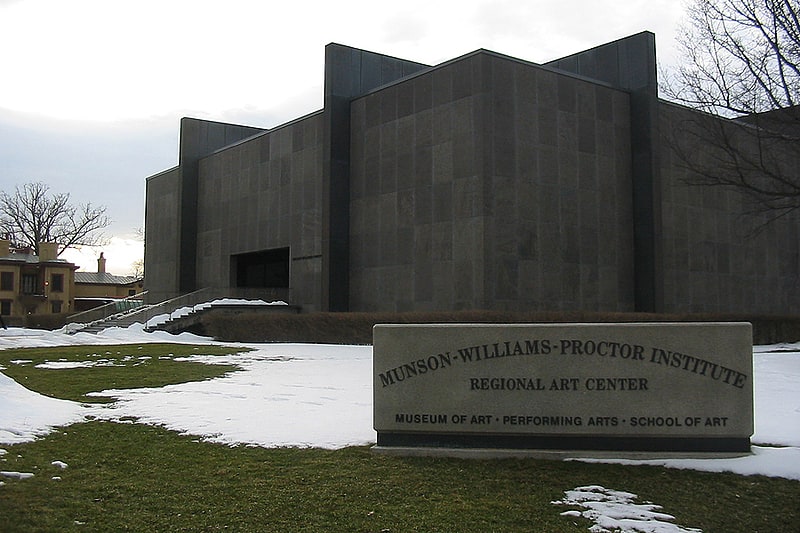
Art institute in Utica, New York. The Munson-Williams-Proctor Arts Institute is a regional fine arts center founded in 1919 and located in Utica, New York. The institute has three program divisions:
- Museum of art
- Performing arts
- School of art
Address: 310 Genesee St, 13502-4764 Utica
Stanley Theater
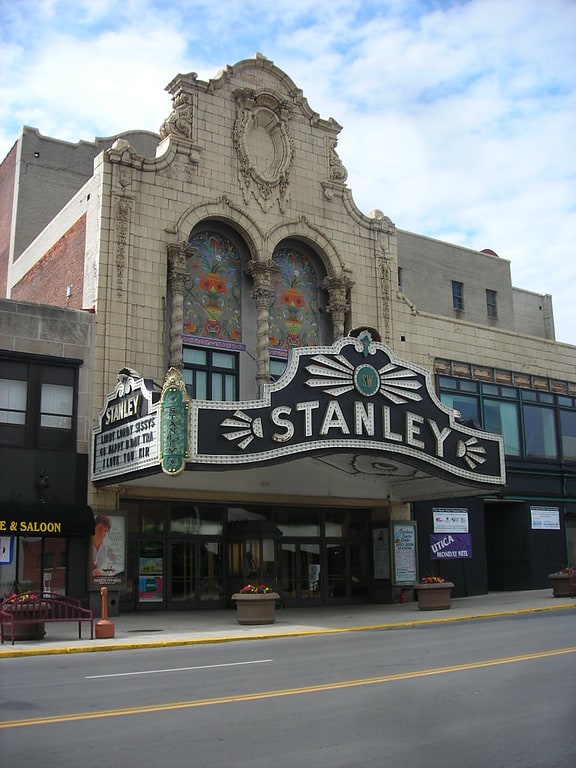
Theatre in Utica, New York. The Stanley Theatre is a historic Baroque movie palace in Utica, New York. Over the years, it has gone through several changes of ownership, but has always been affiliated with Warner Brothers Pictures.[3]
Address: Utica, 261 Genesee Street
Utica Children's Museum
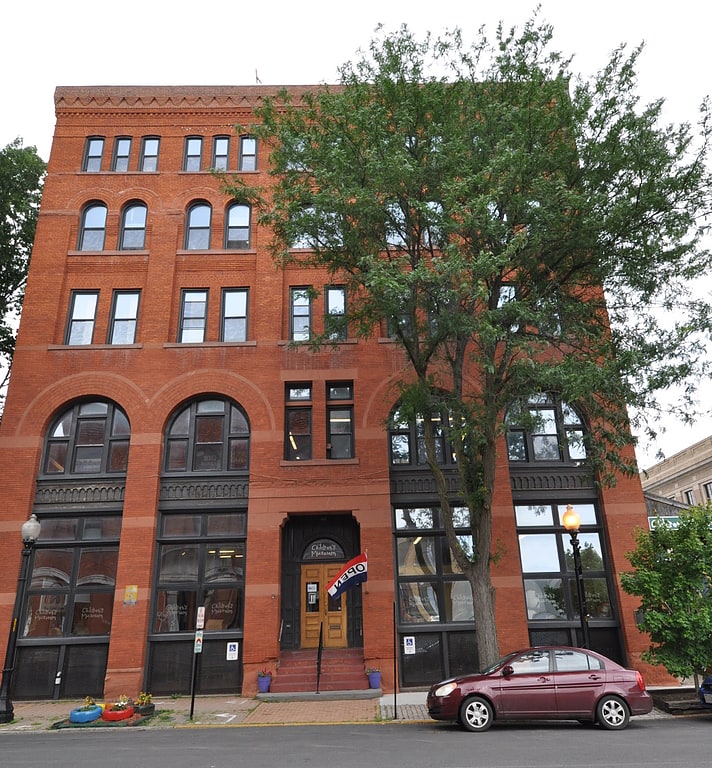
Museum in Utica, New York. The Children's Museum of History, Natural History & Science, better known as the Utica Children's Museum was founded on August 1, 1963, and is housed in a historic building located in the heart of Utica's downtown Bagg's Square district. The Museum offers approximately 60 exhibits and experiences throughout four floors of mostly interactive exhibits play space and is a hands-on, interactive museum.[4]
Address: 311 Main St, 13501-1237 Utica
Grace Church
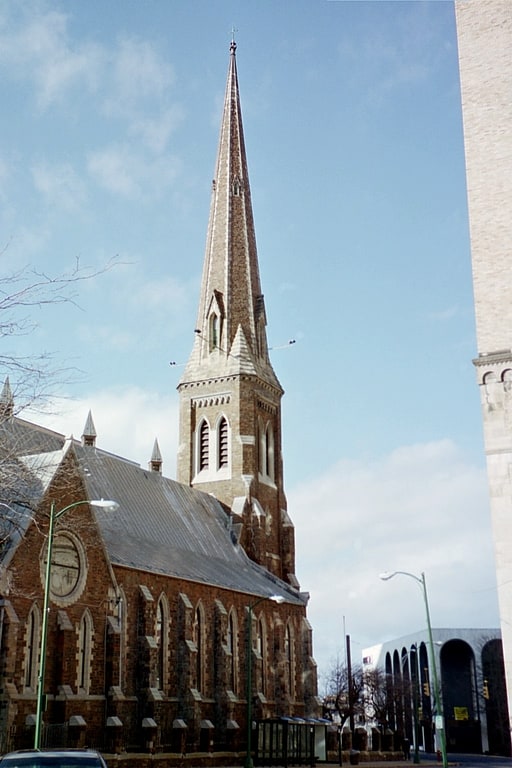
Episcopal church in Utica, New York. Grace Church is an Episcopal church at 193 Genesee Street in Utica, New York. It was added to the National Register of Historic Places in 1997.
Its organist from 1923 to 1932 was Norman Coke-Jephcott.[5]
Address: 6 Elizabeth St, 13501-2263 Utica
Fort Schuyler Club
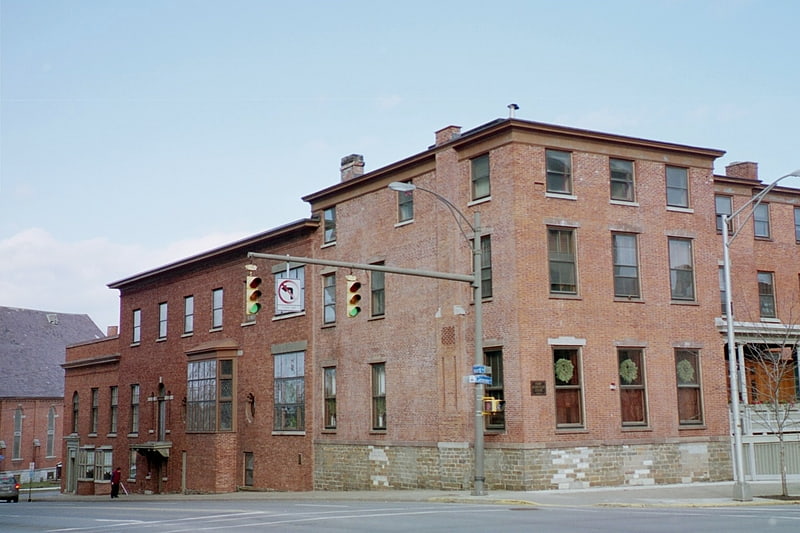
The Fort Schuyler Club, founded in 1883, is a traditional gentlemen's club located in downtown Utica, New York, USA. Early members of the club included Elihu Root, Francis Kernan, Horatio Seymour, Charlemagne Tower, and Ward Hunt.
The club's clubhouse is "significant as a rare and substantially intact example of a late 19th-early 20th century social club" in downtown utica. The building, built in stages from 1830 on, is a landmark located prominently on Genesee Street, the "principal thoroughfare" of Utica. First used as a residence, the club purchased the building in 1883, shortly after its establishment. It was listed on the U.S. National Register of Historic Places in 2004.[6]
First Presbyterian Church
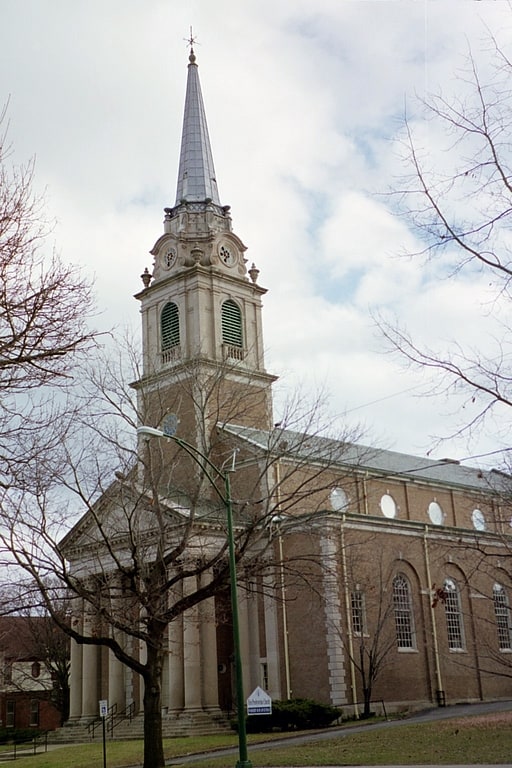
Church building in Utica, New York. The First Presbyterian Church is a historic church building in Utica, New York. The church and its related McKinnon House were added to the National Register of Historic Places in 1988. The structures are notable for their early twentieth century design and architecture.
The church was designed by Boston architect Ralph Adams Cram and built in 1922. The McKinnon House was designed by Binghamton architect C. Edward Vosbury and built in 1899.
The year 1961 saw the joining of the Church and the Church House with the construction of a number of classrooms, Fellowship Hall, a modernized kitchen and the installation of a Casavant Freres organ.
The church facility hosts several ministries, including:
The Seeds of Hope Food Pantry - First Presbyterian Church maintains a well-stocked food pantry, which provides nutritional food and food products to individuals and families living in the region around the church. The pantry is a partnership of New Hartford First Methodist, New Hartford Presbyterian, Our Saviour Lutheran, and Utica First Presbyterian Churches. The pantry is open on Tuesdays and Thursdays from 9:30 to 11:30 am.
The Clothes Closet - The Clothes Closet provides free, clean, serviceable clothing for those who have a need for such items. Most sizes are available for adults, children, and infants. The closet is open on Thursdays from 9:00 to 11:00 am. The closet is open every Wednesday morning to accept donations.
Free Community Thanksgiving Dinner - Prepared and served on Thanksgiving Day every year since 1978. For individuals who are homebound and unable to come to the church, arrangements can be made in advance to have a complete meal delivered. Dinner is served from 12:00 noon to 2:00 pm on Thanksgiving Day.
Universal Pre-K at First Church and First Nursery School of Utica - First Presbyterian Church assists the Nursery School by providing scholarship grants for some students. Classrooms and offices are located within the facilities of First Church. Universal Pre-K classes have an average enrollment of 80 students, attending for 5-half day sessions a week. First Nursery School of Utica classes for 3-year old children are held three mornings a week.
HISTORY: Long before Utica was incorporated as a city in 1832, it was a small village known as Fort Schuyler. Having been carved from unbroken wilderness fifteen years before, it was there that First Presbyterian Church was organized, the oldest church in what was to become Utica. First Church was a sister to Whitesboro Presbyterian Church, being one and the same at the beginning of 1793 and known as "The United Society of Whitestown." On February 18, 1794, this society was received into the Presbytery of Albany, being then farther west than any other Presbyterian church.
The Rev. Bethuel Dodd was appointed and installed as the Society's first pastor on August 21, 1794. Officiating in both congregations, Dodd spent two thirds of his time in Whitestown and one third in Fort Schuyler, his support shared by both churches.
The Fort Schuyler congregation, legally incorporated as a church in 1804, assembled first in the village schoolhouse on Main Street and was later granted the use of Trinity Episcopal Church on Broad Street until a worship place could be constructed. In 1807 a church was built on lower Washington Street. Used for twenty years, it was divided and moved to make way for a building of a larger structure. Dedicated in 1827, the new church was constructed of brick and included a spire 215 feet high. In 1813, the Utica congregation called the Rev. Henry Dwight as its first full time pastor. The corporation then took the name of "The First Utica Presbyterian Society", which remains the church's legal name to this day.
Following a disastrous fire in 1851, the imposing structure of Old First Church was built in the Romanesque Revival style on the northeast corner of Washington and Columbia Streets. This building served as a worship place for nearly 70 years. In 1919 it was decided to break with tradition and move "uptown" to what was then considered suburban Utica.
In May 1921, the Society purchased the MacKinnon-Borst estate, its present property, as the site for a new sanctuary. While the committee took stock of the possibilities of the MacKinnon house (currently used as the Church House, and is also referred to as "Molly's House" as a venue for coffeehouses and other events), worship was held in temporary quarters on Oneida Square.
Ralph Adams Cram, architect for the Cathedral of St. John the Divine in New York City, was chosen to design the new church. A major requirement of the plans was to reuse the walnut pews from the Washington Street church, a factor which would determine many of the dimensions of the new church. Some of the decorative woodwork in Brewer Chapel came from the old building and temporarily graced the Oneida Square storefront which was used as a transitional sanctuary.
Ground breaking for the new building occurred in July 1922, followed by the laying of the cornerstone in December. Occupancy and dedication took place Sunday, May 11, 1924, followed by four weeks of special events. The total cost of the building of the church was somewhat over $275,000, most of which was raised at two worship services in May 1922.
The structure we now call the Church House was built in 1899 as a lavish private residence by Robert MacKinnon. It cost MacKinnon $150,000 to build and $50,000 - $75,000 to operate. A few years later, MacKinnon was forced into bankruptcy and in 1911 the home was purchased for $40,000 by Charles A. Borst and his wife Grace Olmstead Borst. After his unexpected death in 1918, Mrs. Borst was forced to sell he house for $50,000 to a group of entrepreneurs who planned to turn it into an apartment house. Before the new owners had occupied the building, the church became interested in the property and the resale price climbed overnight to $65,000.
The year 1961 saw the joining of the Church and the Church House with the construction of a number of classrooms, Fellowship Hall, a modernized kitchen and the installation of the magnificent Casavant Freres organ.
Throughout its history, First Presbyterian Church has had a strong mission emphasis. It has produced at least 17 missionaries and 24 ministers. The first Home Missionary Society was established in 1843 and in 1877 the women's Missionary Society was organized.
As of February 2020, the church building was for sale.[7]
Address: 1605 Genesee St # 2, 13501-4710 Utica
Utica Psychiatric Center
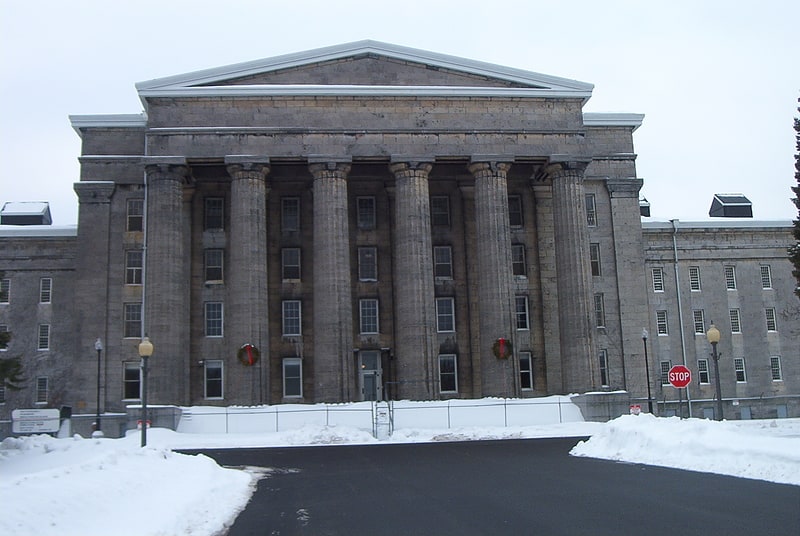
Hospital in Utica, New York. The Utica Psychiatric Center, also known as Utica State Hospital, opened in Utica on January 16, 1843. It was New York's first state-run facility designed to care for the mentally ill, and one of the first such institutions in the United States. It was originally called the New York State Lunatic Asylum at Utica. The Greek Revival structure was designed by Captain William Clarke and its construction was funded by the state and by contributions from Utica residents.
"McPike Addiction Treatment Center is a 68-bed inpatient facility located in Utica, New York, on the campus of the Mohawk Valley Psychiatric Center (MVPC)."[8]
Address: 1213 Court St, 13502 Utica
Memorial Church of the Holy Cross
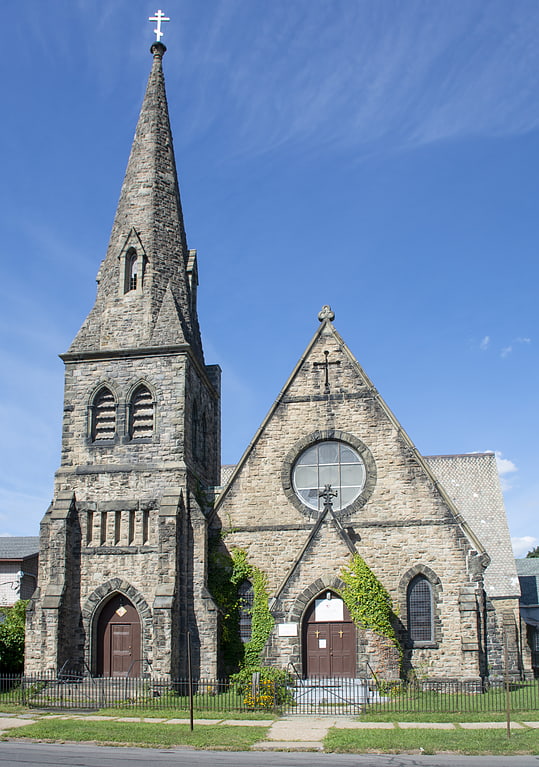
Memorial Church of the Holy Cross is a historic Episcopal church at 841 Bleecker Street in Utica, Oneida County, New York. It was built in 1891 and is a cruciform plan structure with a rectangular nave that intersects two flanking transepts at the apse. It is in the High Victorian Gothic style. It is currently occupied by a Ukrainian Orthodox congregation.
It was listed on the National Register of Historic Places in 2000.[9]
St. Joseph's Church
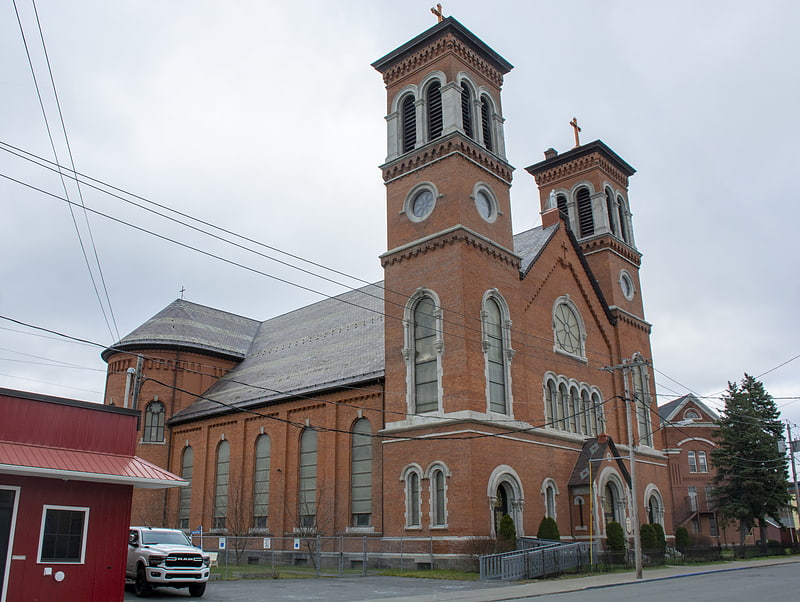
Catholic church in Utica, New York. St. Joseph's Church, also known as St. Joseph & St. Patrick Church, is a historic Roman Catholic church complex at 704-708 Columbia Street in Utica, Oneida County, New York. The complex consists of the church, St. Joseph's Parochial School, St. Joseph's Parochial Residence, and Parish Convent building.
The church was built in 1871 and is 180 feet long with a simple basilican plan in the German Romanesque style. It is built of brick with limestone trim. It was listed on the National Register of Historic Places in 1977.
In 2007 a statue was erected in honor of Mother Marianne Cope, who attended the church in her childhood, after her beatification.[10]
Address: 702 Columbia St, 13502-3480 Utica
Sculpture Space
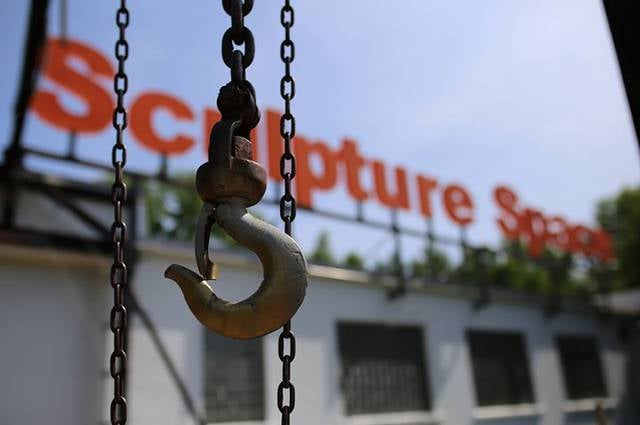
Museum
Address: 12 Gates St, Utica
Forest Hill Cemetery
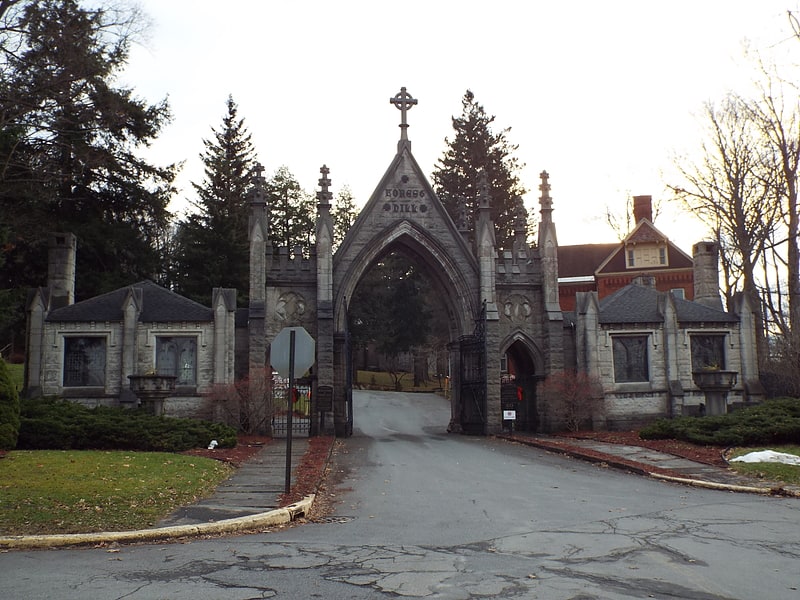
Cemetery in Utica, New York. Forest Hill Cemetery is a rural cemetery in Utica, New York founded in 1850. The cemetery was listed on the National Register of Historic Places in 2017.
Forest Hills Cemetery is located at 2201 Oneida Street, Utica, New York 13501. It is a non-sectarian cemetery, which means anyone of any religion can be buried here. Over the years some nationally and locally recognized people have been buried here. Some of the local people are Theodore Faxton, the Proctor Family, and nationally are some politicians such as Ellis Roberts, Ward Hunt and many more.[11]
First Baptist Church of Deerfield

First Baptist Church of Deerfield is a historic Baptist church on Herkimer Road in Utica, Oneida County, New York. It is a wooden frame structure built in 1811 with vernacular Federal style details. The structure is four bays deep and features a square entrance tower attached to the facade.
It was listed on the National Register of Historic Places in 1985.[12]
Address: 515 Herkimer Rd, 13502-2418 Utica
Utica Canal Terminal Harbor
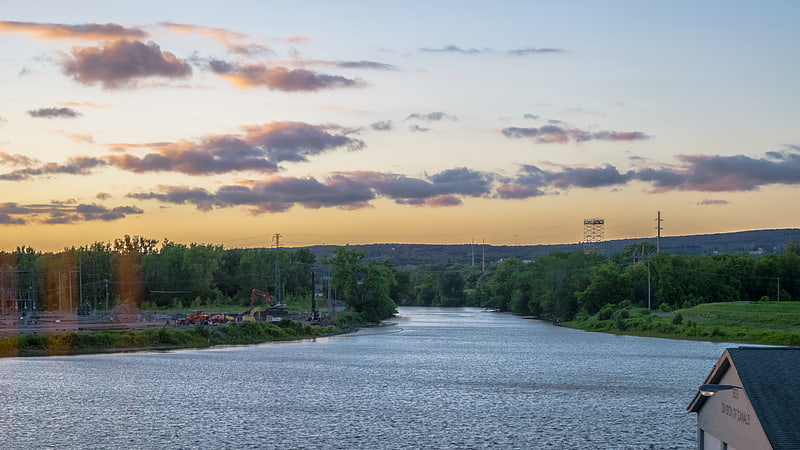
Utica Canal Terminal Harbor, commonly known as Utica Harbor, is a small man-made harbor in Utica, Oneida County, New York. The harbor was once connected to the Mohawk River and the Erie Canal by the Utica Harbor Lock, which is now permanently closed and used only for flood control.[13]
Oneida County Historical Society
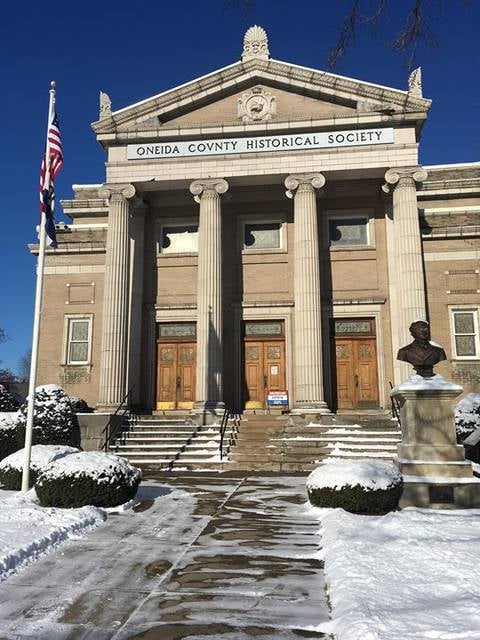
Museum, Specialty museum
Address: 1608 Genesee St, 13502-5425 Utica